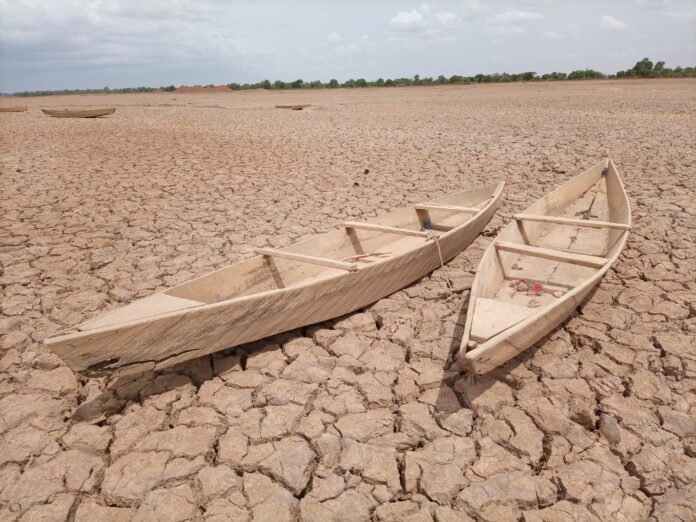The Indonesian Minister of Economic Affairs, Airlangga Hartarto, has warned of the potential threat of El Nino, which is predicted to cause drought in the country next year. The resulting conditions could jeopardize the country’s food security and trigger a surge in inflation.
Speaking at the National Movement for Food Inflation Control on Wednesday, Airlangga stated, “Next year we have to be careful because droughts will be longer or there will be El Nino. Of course, this presents a particular challenge for food because volatile food inflation is crucial.”
He also noted that the productivity of rice fields has decreased due to climate change, with only five tons of rice produced per hectare of land.
In response to these challenges, the government is pushing for innovation through the adoption of modern smart farming technologies, in order to boost production levels.
“With smart farming, we hope to achieve an average of more than five tons per hectare, so that agricultural production, especially rice, can reach more than 31 million tons,” Airlangga stated.
To support these efforts, the government has allocated IDR 104 trillion for food security programs, including the development of agriculture and food estates, strengthening agricultural infrastructure, and providing subsidies for fertilizers and credit interest rates.
Furthermore, the government has provided credit facilities for small and medium enterprises, with a focus on the agricultural sector. Airlangga noted that in 2022, the government has set aside IDR 117.3 trillion for this purpose, with the highest allocations going to Jawa Timur (IDR 24 trillion), Jawa Tengah (IDR 17 trillion), and Jawa Barat (IDR 7 trillion).
Drought is still a serious problem for some countries
However, droughts continue to be a major problem in many countries around the world. In Somalia, for example, prolonged droughts and dry conditions led to the deaths of more than 43,000 people in 2022, half of whom were children under the age of five.
This marks the first attempt to estimate nationwide deaths in a crisis that experts warned was more severe than the previous major droughts in Somalia in 2017 and 2018.
According to a report by the London School of Hygiene and Tropical Medicine, the death rate is projected to increase in the first half of 2023, with an estimated total of deaths increasing from 18,100 to 34,200.
“These findings paint a bleak picture of the devastation being wrought upon children and their families by drought,” said Wafaa Saeed of UNICEF, speaking at the report’s release in the Somali capital, Mogadishu, as reported by Al Jazeera.
Mamunur Rahman Malik, a representative from the World Health Organization in Somalia, stated that the international community is racing against time to prevent avoidable deaths and save lives.
According to Malik, more people will die from diseases caused by the combination of hunger and malnutrition if there is no solution and real action taken.























